Before the website and campaigns comes the need to find a niche.
A niche is a smaller part of a market – the reason you want a niche is for several reasons:
- They’re easier to target based on refined topics and interests
- The community is tight-knit and passionate which creates loyalty
- There’s less competition meaning you’re not battling major, established brands
- They are often based on your personal interests which you know a lot about
- They require less work than building massive websites catering to everyone
Big businesses have their hands in niches but mostly through proximity. They’re too large to focus on a niche because their goal is to target the major markets.
For example:
Amazon provides millions of products, but they aren’t a marketplace for selling custom art prints in the way Etsy provides.
You’ve probably heard the phrase “niching down”.
This involves examining a major market and finding the smaller segments until you’re questioning the market for the product. It’s like the Wikipedia Effect where you start on World War II and end up reading about South Pacific island cult that worships an American WWII soldier (yes, it’s real).
You may not hold an interest in this bizarre topic… but someone else does.
There are so many people on the Web that you’ll find communities (and stores) dedicated to the strangest, most far-fetched niche.
This is an opportunity.
You’re looking for something that has a growing market and passionate community when you set off to find a niche. If you settle on a niche hosting these two – and promote the best affiliate programs – then you’re in business.
So… the question becomes: How do I find a niche?
Part 1: Find a Niche through Profitable Markets
Following niche selection steps makes finding a profitable niche super easy.
Sometimes it’s about trusting your gut.
That feeling you get when an offer is great to you but the market has yet to discover its value. You see how it solves a problem or could catch on with enough interest.
Or
Sometimes it’s tapping into the best sellers list.
Riding a bull market since the sales are already there. You feel there’s no reason to reinvent the wheel.
We, affiliate marketers, sometimes overdo the whole niche selection process to the point where we take no action.
Wouldn’t it better if we simply started — to do testing — rather than wait while someone else claims the niche and shambles our ideas?
I want to keep things simple.
The following are the barebone niche selection steps to finding a profitable idea.
1. Make an observation

First, ask the questions to understand what people want:
- What are they buying?
- What are they talking about?
- What are they excited for?
Then, apply those questions to yourself:
- What do you want?
- What are you looking forward to?
- What do you have, now, that you really love?
Make an observation. Look around you. See what people are buying and take a note.
Yes, you can use trends to look at the next wave of products… but it’s not always certain.
I would say it’s best to go with what the market demands.
At least you will have an existing consumer base plus you can work off established, competitor campaigns which save a good deal of money and time during the research and development phase.
2. See if it’s already selling

Need to verify your hunch?
Don’t guess – use the marketplaces to make that judgment.
- Amazon Top Sellers List
- Ebay’s Hot Products
- Spyfu (to find competitive products)
These lists will provide verification a product is selling.
You can tell based on the reviews and their activity due to higher visibility.
Look at related products, too
A top sellers list gives ideas for complimentary offers worth promoting. These items will boost your overall commissions with affiliate programs. Look for what shows up in “customers frequently bought…” or “customers looked at…” to get a good idea of what else you could add to the offer lineup.
3. Launch a campaign

Don’t wait.
Get campaigns going to test the product
Use this opportunity to see if it’s hot.
Follow these verification signals while doing the niche selection steps:
Drive quick traffic with ads
Purchase $100 worth of Google Adwords ads and run a campaign sending people to a landing page featuring these products.
Measure the response.
Gained a quick and easy sale? Re-verify it by increasing the ad budget until you have a baseline conversion rate.
Create instant engagement with social
Promote posts on Facebook or Twitter.
Monitor social activity, responses, and shares. Look for ads and promotions delivered alongside yours to learn from their use of wording and media.
Add guest posting to the list
Hire a freelance writer to produce a slew of guest articles for reputable blogs that send people to sales pages (or direct links). Expand your blogger outreach and build real buzz and interest to the product. Track how well these pages rank and what else is showing in search results to see how others care.
Adopt video marketing to the R&D
Produce video reviews of the product and host it on YouTube. Then promote that video by investing $10 – $50 in a paid, social campaign. Measure the like/dislikes, comments, and subscribes. Check for conversions from the affiliate link you provide in the video and description.
Get it going (now)
It doesn’t matter how you go about doing the campaign…
…just as long as you get it running.
You can further refine the niche selection steps once you have data.
Knowing this information early on will help guide your website design choices, content marketing plans, and social media participation.
It’s business research 101 — but meant to be quick and easy so you’re not wasting time when there are so many other, great opportunities that’ll cross your mind each day.
Part 2: Find a Niche by Copying Competitors
Copying competitors are a secondary option to help find a niche.
This doesn’t mean you copy them 100%…
…but there’s an opportunity for lifting ideas and inspiration from what works.
Take a look at these sites and offer types for good ideas:
Deals & Coupon Sites
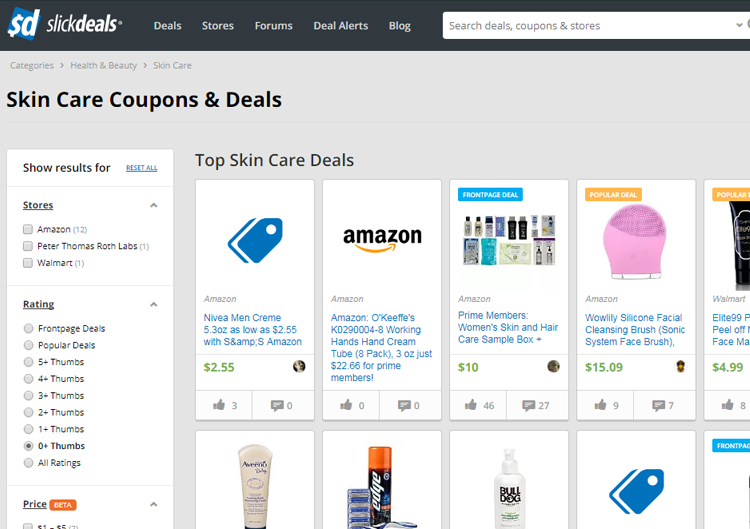
Deals and coupon sites provide the hottest promotions and steep discounts people crave.
The hot/popular products listed through these channels give you a solid indicator of what’s selling.
The sites also provide underlying data:
- Deal/coupons are usually tied to affiliate programs meaning you can join, too
- Comments and feedback about the product quality gives you great data for doing reviews
The major sites include newsletters with daily updates and alerts. These newsletters are extra signals for which products you’ll want to promote during a given time (such as the holidays).
Do this: Follow sites like RetailMeNot and SlickDeals to find the top coupons, alerts, and hottest products. Refine the product selection. Base your niche on the products used within that industry.
Facebook Pages & Groups
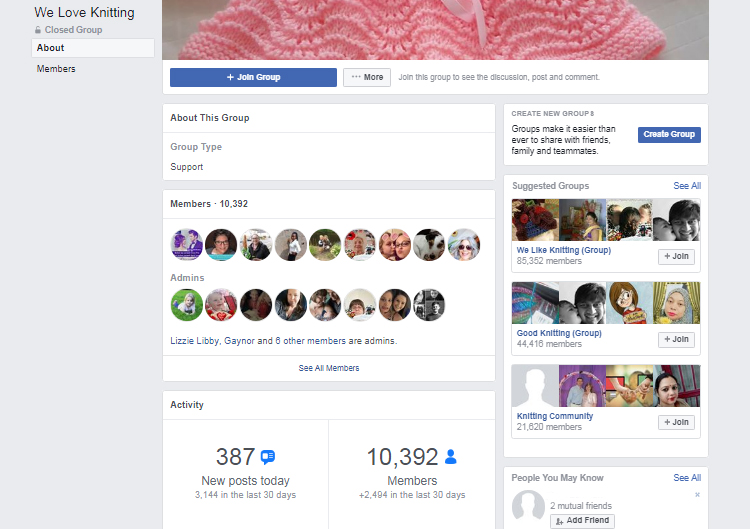
You used to look at newsgroups and chat rooms to pick up lively discussions about hot products and services. Today, you’re better off using Facebook pages and groups since that’s where most of the Web is centered.
FB pages & groups have a wealth of insight to help find a niche:
- Active discussions among followers and members
- Promotions and shared content from the admins
- Related groups and suggestions based on user activity
There are quite a few massive pages and groups with millions of active members. These groups represent the top-end of the market. It’s those smaller groups where you’ll want to begin your search.
Do this: Use niche-related keywords to search Facebook for pages and groups. Join or follow these channels. Spend some time collecting data about the shared content and discussions. Ask your own questions and use that feedback to refine your niche selection.
China
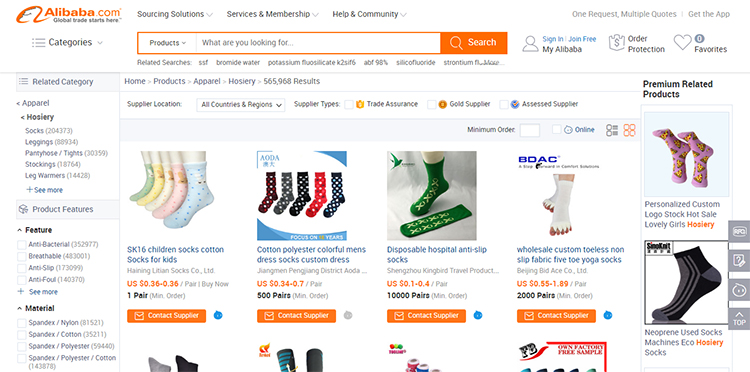
Lumping China into its own category is mandatory because the products coming out of the country are well ahead of the curve. There are thousands of products that have the potential to become massive sellers in the West.
Sites like Alibaba and DealExtreme are two stellar sources — because:
- You can follow manufacturers to see the newest products they’re developing
- Use their top seller’s lists which are greatly influenced by businesses (instead of consumers)
- Read extensive reviews for odd-ball products to create your own before they trend up
- They sometimes send you free products to review and blog
The Chinese market is absolutely insane. Alibaba managed to sell over $25 BILLION goods in a day (yes, you read that correctly). Meaning, if you keep your eyes on China then you’re likely finding niche products that are about to hit it big time. Plus, these are the companies making the goods so you’re bound to find new products every day.
Do this: Create an account on Alibaba or DealExtreme. Look for the hot products and top sellers. Dig into the categories to find niche products. Compare reviews and match trends with your country’s market. Start building a website, early, to get in before it’s saturated.
Top Sellers
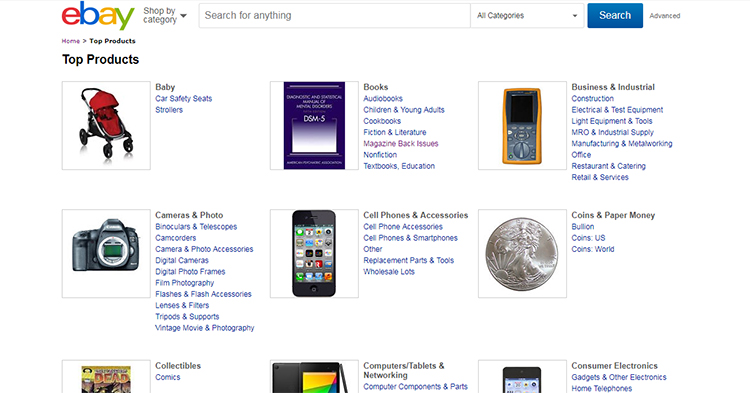
The tried-and-true method of finding a profitable niche is to seek a selection where people are already buying.
The top sellers found on Amazon and eBay are two of the best places to begin. Though, you’ll find plenty of top lists on specific, niche competitors that will further refine your selection.
Here’s what you get from using these lists:
- Validated money-making opportunities since the market is already there
- Hot products that have hundreds (or thousands) of reviews to help you decide
- Feedback which you can turn into content that converts
These lists are good for a starting point.
You’ll find better options the deeper you go while selecting the individual categories and related products. The top products are still good when you’re doing a price point strategy but it’s the odd-ball items you’ll want when looking for a niche. These are the items that attract unique communities — the ones you’ll want to target.
Do this: Visit Amazon’s top sellers and use the ‘Department’ navigation to dig into niche categories. Settle on a product you feel would sell and look at the reviews. Gather questions and feedback to spur content ideas. Measure this against trends, market data, and gut feelings to settle on a niche.
Keyword Research
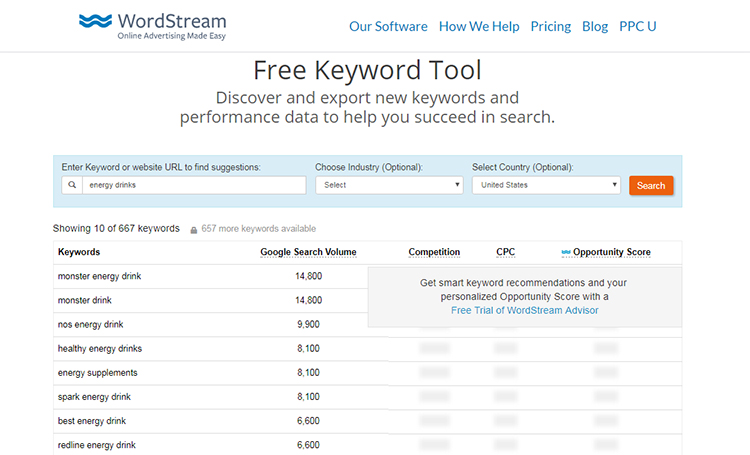
Keyword research and search engine optimization tools deliver the exact data you’re looking for when selecting a niche. The information provided through these platforms will share details about what people search for, how many, and the competition that matters.
These tools are damn simple to use, too, which makes them a go-to choice when you want to find a niche.
Other benefits of keyword research include:
- Scoping the competition so you can discover their target keywords and phrases
- Finding related products (and searches) which will expand your set of offers
- Getting you creative where you’ll dig deeper and find those unique communities
Tools like Google AdWords and Facebook Ads Manager are two tools you likely have access to already. Otherwise, use keyword/SEO tools specific to research like SEMRush or WordStream.
Do this: Start with generic keywords related to a product or topic. Use results to refine the selection while measuring its value based on search volume. Plug in related terms to find competitors and scrape their keywords to give yourself a good data set. Compare your findings to social media activity to see if the community is buzzing.
Newsletters
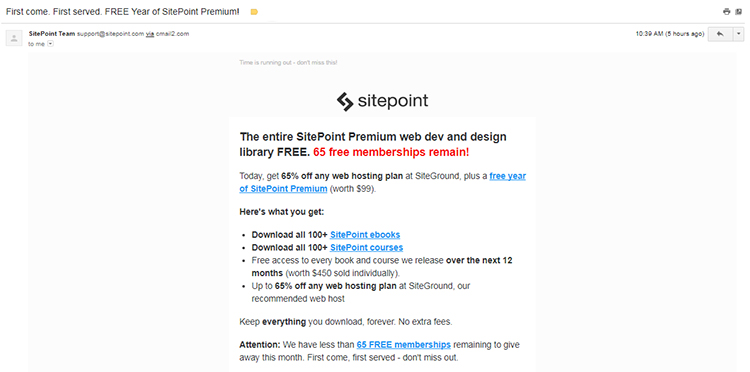
Done enough shopping or signed up for freebies and you’re bound to have a bunch of email newsletters coming to that inbox of yours.
Anyone that has done email marketing can tell you how newsletters are hit-or-miss. It takes a bit of time and testing to get them effective. Meaning — the ones you’re receiving has shown promise (a good signal of what people want).
There are a couple ways to go about reading into newsletters:
- Look at the “hero” (main offer) and figure out why it’s promoted
- See what content complements the offer and how it reinforces the pitch
- Measure how frequently it’s sent to see how they’re using urgency
You’ll likely receive a couple emails throughout the week from each of your subscribed lists. These newsletters use storytelling to build interest — product or content — and can help discover a tone and selection for the niche.
Do this: Subscribe to a dozen of your competitor’s newsletters. Take notes of the offers and content. Put yourself in their place and use the mental exercise to develop a customer profile. Use the profile to search as if you were the intended audience. Apply those search terms/topics at large to get a full understanding of the niche.




